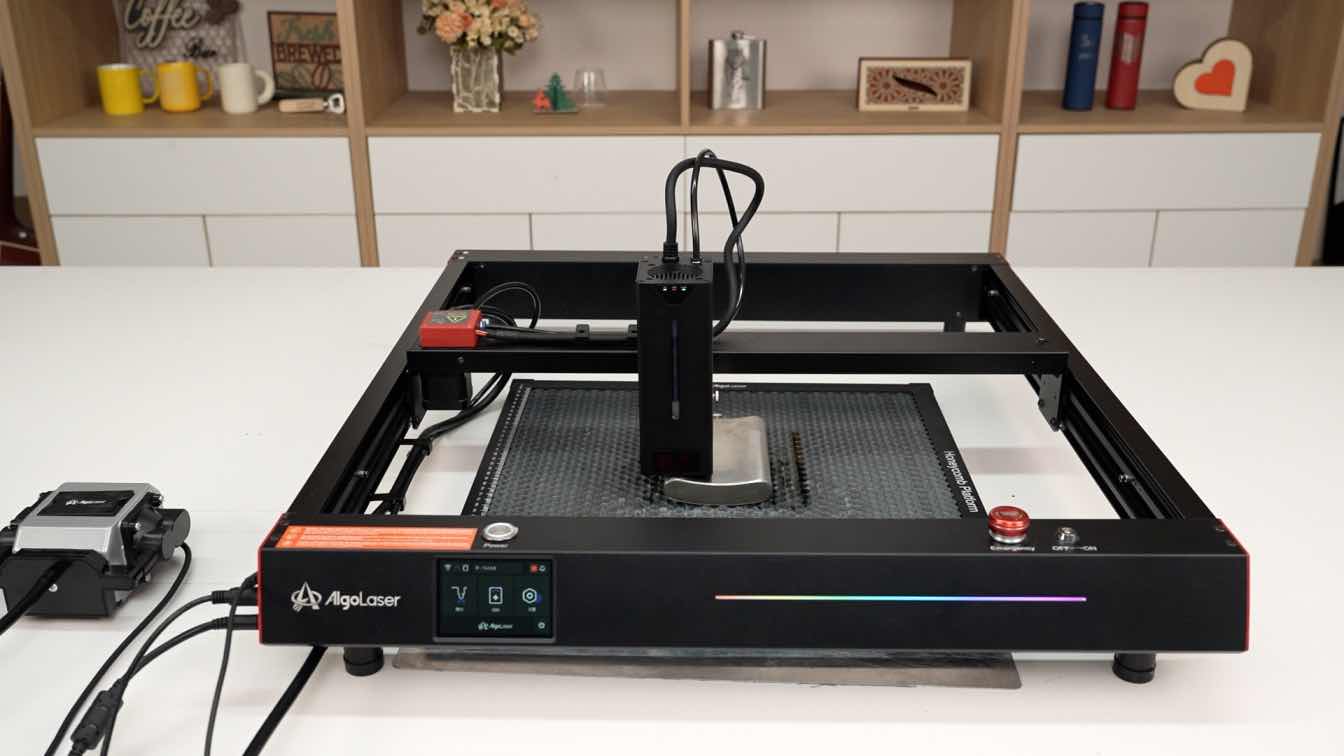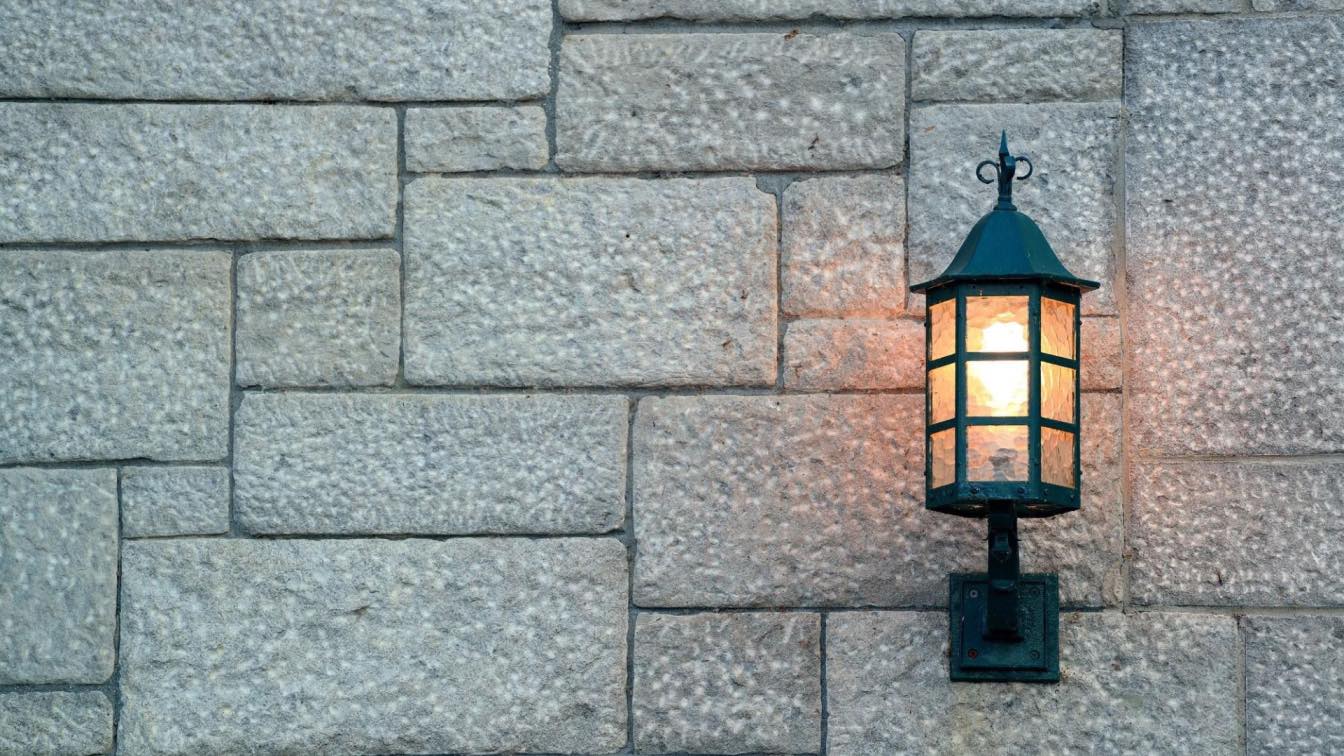The Art and Science of Engraving Stainless Steel
Engraving stainless steel combines precision engineering with artistic expression, allowing for the creation of durable and aesthetically pleasing designs on one of the most resilient materials known to man. Whether you are a hobbyist looking to personalize your items or a professional aiming to deliver quality craftsmanship, understanding the various methods of engraving stainless steel is paramount. This comprehensive guide will explore four main techniques: rotary engraving, chemical etching, electrochemical etching, and diode laser engraving, providing you with the knowledge to select and execute the most suitable method for your project.
Method 1: Rotary Engraving of Stainless Steel
Rotary engraving is a mechanical process that removes material from the surface of stainless steel to imprint designs, texts, or images. This method is known for its precision and versatility, capable of producing both simple and intricate designs with depth.
Tools Needed:
- A rotary engraving machine is central to this method, providing the mechanical force needed to engrave.
- Carbide or diamond-tipped engraving tools are essential for cutting into the stainless steel surface.
- A clamping system secures the material in place, ensuring accuracy during the engraving process.
- Protective eyewear and a dust extraction system or mask are critical for safety.
How to Rotary Engrave Stainless Steel:
1. Prepare the Design: Utilizing compatible software, create or import your design, ensuring it meets the specifications for your project.
2. Set Up the Machine: Choose the appropriate engraving tool. Diamond-tipped tools are preferred for their durability.
3. Secure the Material: Use the clamping system to prevent any movement, which is crucial for precision.
4. Adjust Settings: Tailor the engraving depth, speed, and path according to the project requirements.
5. Begin Engraving: Monitor the process closely, making adjustments as necessary to achieve the desired outcome.
6. Clean and Finish: Post-engraving, cleaning is essential to remove debris, followed by polishing if a refined finish is desired.

Method 2: Chemically Etching Stainless Steel
Chemical etching is a subtractive manufacturing process that uses acids or other chemicals to remove material and create an engraving on stainless steel. This method is suitable for producing fine details and complex designs.
Tools Needed:
- Chemicals such as ferric chloride or nitric acid act as the etching agents.
- Vinyl resist or a photoresist film to mask areas not to be etched.
- Developer solution for the photoresist method and a squeegee to apply the resist evenly.
- Protective gear, including gloves, eyewear, and clothing, is necessary due to the hazardous nature of the chemicals involved.
How to Chemically Etch Stainless Steel:
1. Prepare the Surface: Cleanliness is crucial to ensure the etching agent works effectively.
2. Apply the Resist: Choose between vinyl resist or photoresist methods based on the complexity of your design.
3. Apply the Etching Solution: This step requires careful handling of chemicals to achieve the desired depth of etch.
4. Remove the Resist and Clean: Once etching is complete, the resist is removed, and the metal is cleaned to reveal the design.
5. Neutralize: Any residual acid must be neutralized before the final cleaning and drying of the piece.
Method 3: Electrochemical Etching of Stainless Steel
Electrochemical etching uses electrical current to remove metal in a controlled manner, offering precision and the ability to etch complex designs without applying mechanical force to the material.
Tools Needed:
- An electrochemical etching machine provides the controlled electrical current necessary for the process.
- A stencil of the design acts as a guide for the etching process.
- Electrolyte solution facilitates the electrical current's flow between the tool and the stainless steel.
- Conductive pads, typically made of felt, distribute the electrolyte and electrical current evenly.
- A grounding clip connects the steel piece to the machine, completing the electrical circuit.
How to Electrochemically Etch Stainless Steel:
1. Stencil Preparation: The design stencil must be conductive for the current to transfer the design accurately.
2. Setup: Proper connection of the stencil and the steel piece to the electrochemical etching machine is essential for the process to work effectively.
3. Apply Electrolyte: The conductive pad soaked in electrolyte solution is placed between the stencil and the steel to ensure even distribution of the electrical current.
4. Start Etching: The machine is activated, allowing the electrical current to etch the design into the stainless steel. This process requires careful monitoring to achieve the desired depth and detail.
5. Cleaning: After the etching process is complete, it’s crucial to clean the piece thoroughly to remove any residual electrolyte and reveal the etched design.

Method 4: Diode Laser Engraving Stainless Steel
Diode laser engraving uses focused light to mark the surface of stainless steel, offering precision and the ability to create detailed designs without direct contact with the material. This method is particularly well-suited for fine, detailed work and allows for quick adjustments and relatively fast processing times.
Tools Needed:
- A diode laser engraving machine, which is the core tool for this method, emits a focused laser beam to engrave the steel.
- Protective eyewear is mandatory to protect against harmful laser rays.
- A computer with design software to create or import designs and control the laser engraver.
- Air assist (optional) can improve the quality of the engraving by removing debris from the engraving area.
How to Diode Laser Engrave Stainless Steel:
1. Design Preparation: The design is prepared using software that can precisely control the laser engraver's actions.
2. Material Setup: The stainless steel is placed securely in the laser engraver to ensure stability during the engraving process.
3. Adjust Settings: The power, speed, and focus of the laser are adjusted based on the specific characteristics of the stainless steel and the requirements of the design.
4. Start Engraving: The engraving process begins, with close monitoring to adjust settings as necessary for optimal results.
5. Post-Processing: After engraving, the piece is cleaned to remove any residue or debris, and polishing may be performed to enhance the finish.
Best 10 Laser Engraved Stainless Steel Products
1. Personalized Stainless Steel Tumblers: Durable, stylish, and practical, laser-engraved tumblers are perfect for personal or corporate gifts. The laser engraver can etch detailed logos, names, or messages, making each piece unique.
2. Customized Stainless Steel Jewelry: From bracelets and rings to necklaces and earrings, stainless steel jewelry engraved with initials, names, or special dates is both a fashionable and meaningful gift.
3. Engraved Stainless Steel Business Card Holders: A sleek and professional accessory for any executive, these card holders can be personalized with names, titles, and company logos, making networking more impressive.
4. Stainless Steel Photo Plates: Using a laser engraver to etch photos onto stainless steel plates is a modern take on preserving memories. These make for striking and durable keepsakes.
5. Branded Stainless Steel Cutlery and Kitchen Tools: Ideal for restaurants, culinary professionals, or as wedding gifts, laser-engraved cutlery can feature names, logos, or bespoke designs, adding a personal touch to every meal.
6. Personalized Stainless Steel Watches: High-quality watches with laser-engraved back cases offer a unique way to commemorate special occasions, with the precision of the laser ensuring that even the smallest text is legible and elegant.
7. Custom Engraved Stainless Steel Flasks: A classic gift, flasks can be personalized with laser engraving to include names, quotes, or artwork, making them a popular choice for groomsmen gifts or special occasions.
8. Stainless Steel Nameplates and Signage: For both residential and commercial use, laser-engraved nameplates and signs offer durability and sophistication. They can withstand the elements, making them suitable for outdoor use.
9. Decorative Stainless Steel Panels: Used in architecture and interior design, these panels can be laser-engraved with intricate patterns or scenes, adding a modern and custom touch to spaces.
10. Laser Engraved Stainless Steel Tools and Gear: From multi-tools to camping gear, adding a personal message or name to stainless steel products makes them cherished items for outdoor enthusiasts and professionals alike.
Conclusion and Best Practices
Each method of engraving stainless steel has its unique advantages and considerations. Rotary engraving offers depth and durability, chemical and electrochemical etching provide fine detail and complex designs without physical stress on the material, and diode laser engraving allows for precise control and fast processing.
When choosing a method, consider the specific requirements of your project, including the level of detail, the desired depth of the engraving, and the available equipment. Always prioritize safety by following the manufacturer's guidelines and wearing appropriate protective gear.
Remember, mastering these techniques takes practice and patience. Experimentation with different settings and methods will help you achieve the best results and expand your skills in the art of stainless steel engraving. Whether you're marking industrial parts, creating personalized gifts, or producing art, the ability to engrave stainless steel opens up a world of creative possibilities.





